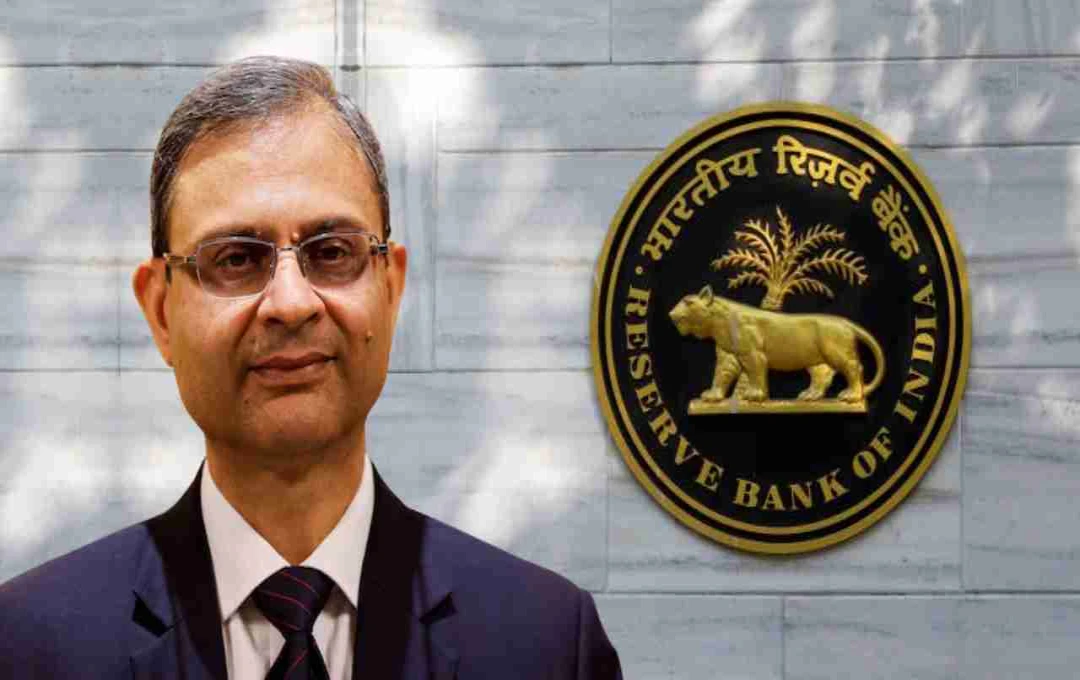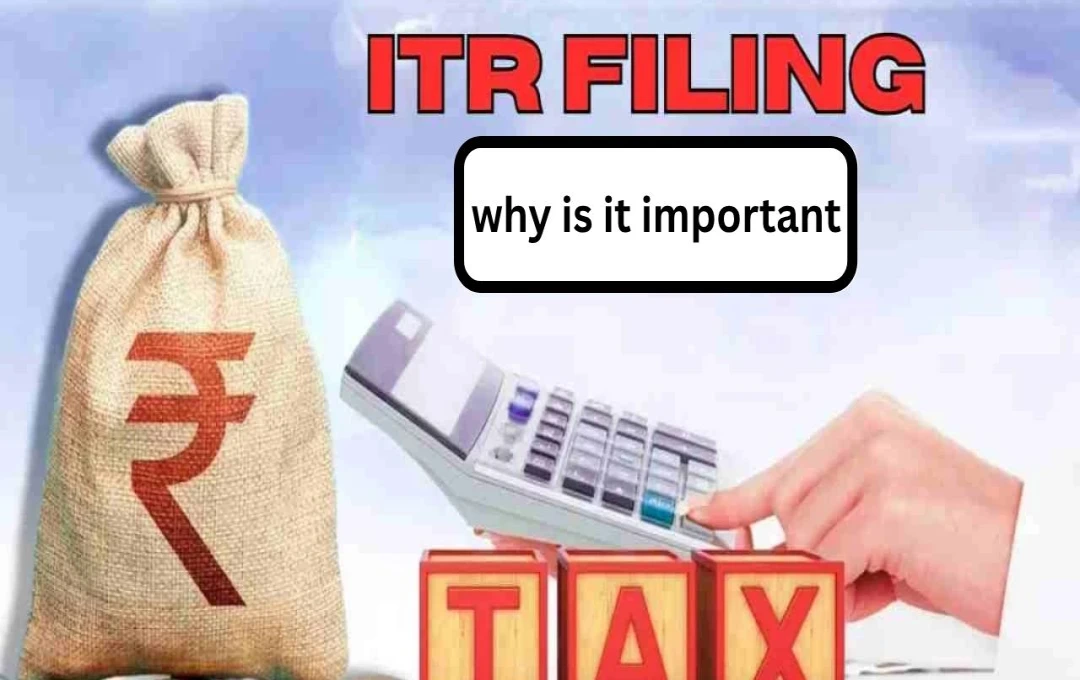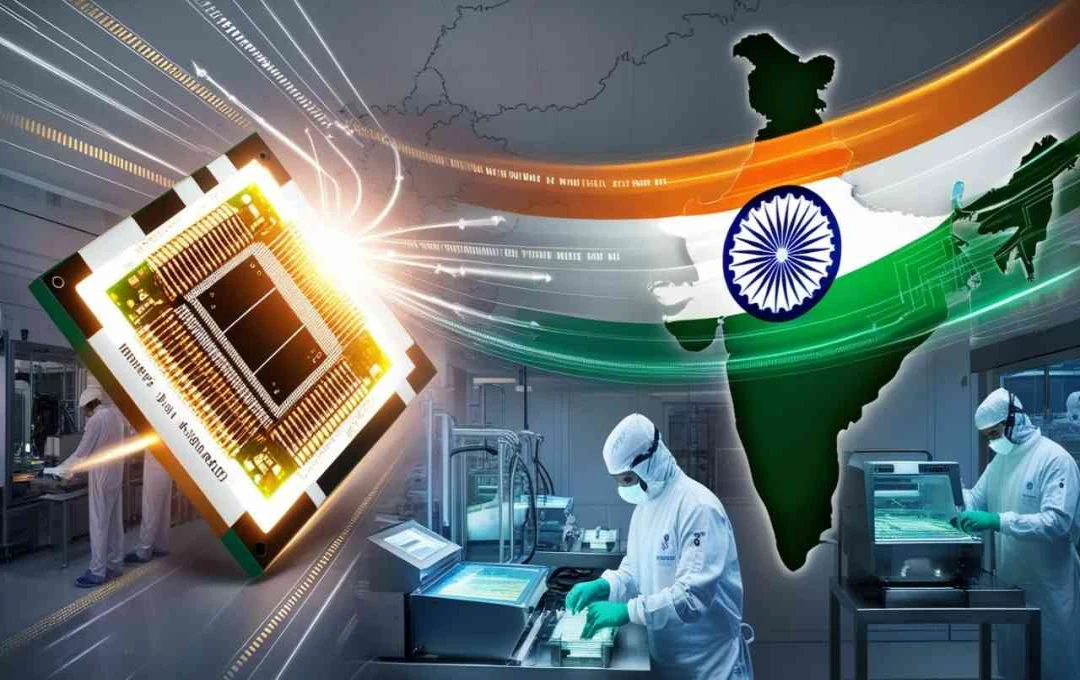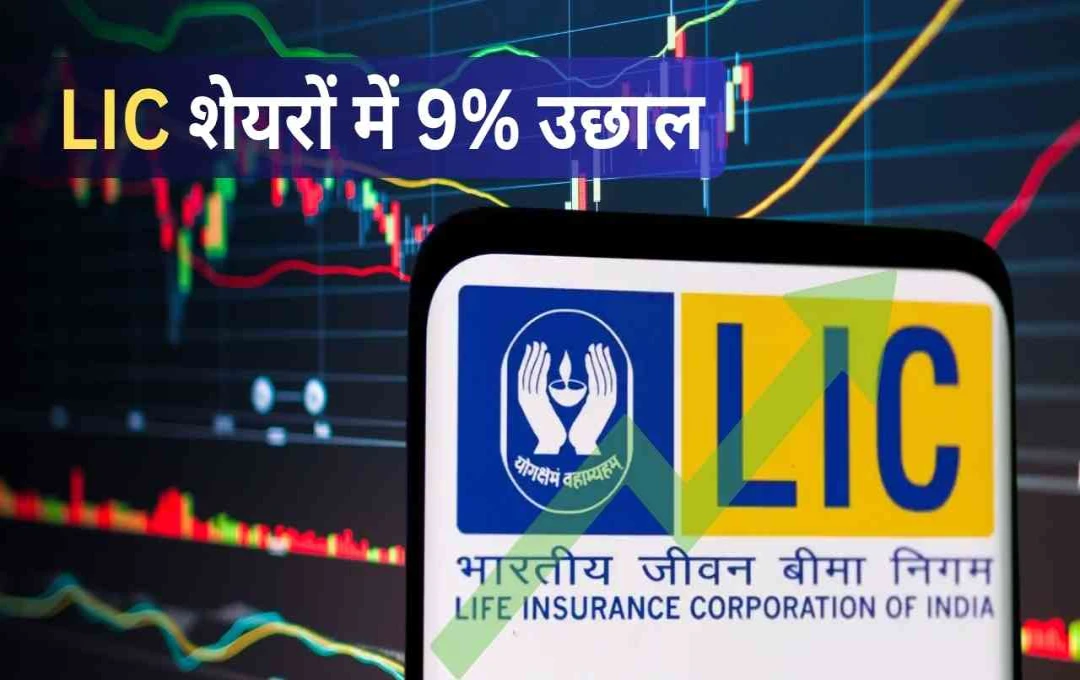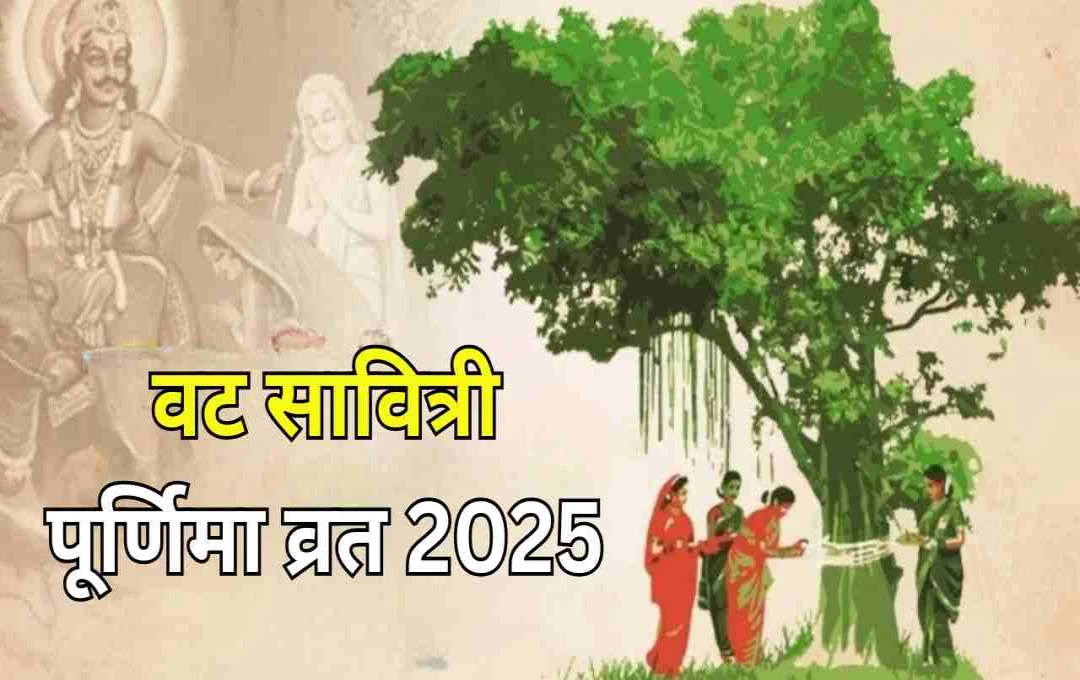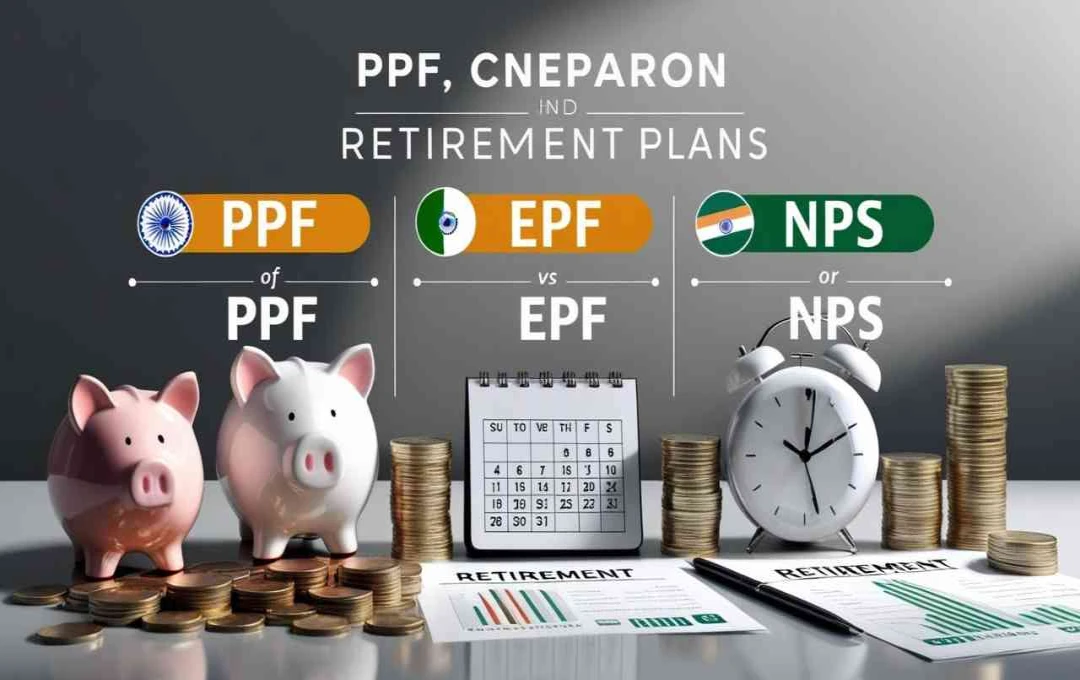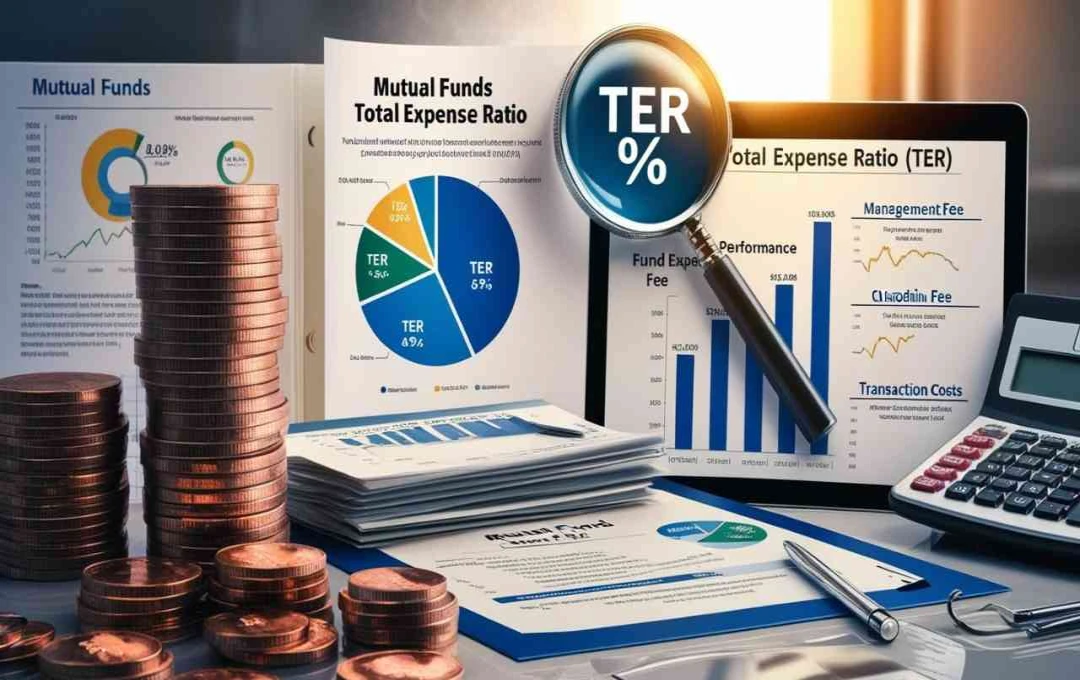New Delhi: The Reserve Bank of India (RBI) has announced the release of a new ₹20 banknote under the Mahatma Gandhi (New) series. These new notes will bear the signature of the recently appointed RBI Governor, Sanjay Malhotra.
It is noteworthy that the issuance of banknotes with the new Governor's signature is a standard procedure following a change in governorship. The design, color, size, and security features of these new ₹20 notes will remain identical to their predecessors. Only the Governor's signature will be changed.
Clarity on the Validity of Old Notes
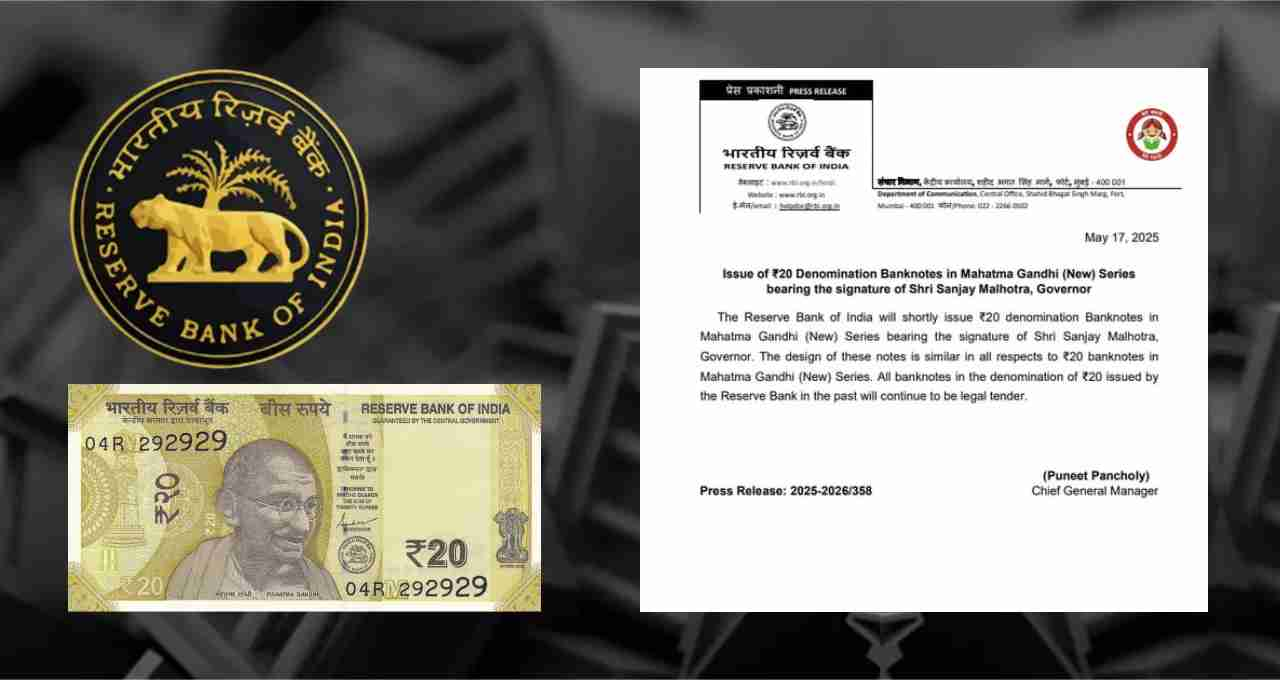
The Reserve Bank has clarified that existing ₹20 banknotes bearing the signatures of previous Governors remain completely valid and in circulation. There is no need to exchange them, nor has any instruction been issued to do so.
According to the provisions of the RBI Act, 1934, a particular banknote remains legal tender in India until it is formally withdrawn from circulation.
Banknote Printing and Distribution Process
Banknotes in India are printed at four major presses:
- Nasik (Maharashtra)
- Dewas (Madhya Pradesh)
- Mysore (Karnataka)
- Salboni (West Bengal)
The presses located in Nasik and Dewas are under the Security Printing and Minting Corporation of India Limited (SPMCIL), while the Mysore and Salboni presses operate under the Bharatiya Reserve Bank Note Mudran Private Limited (BRBNMPL).
The distribution of the new notes will be phased through banks and ATMs. Initially, these notes will be released in limited quantities and will gradually enter circulation across the country.
Impact on the General Public
This change will have no adverse effect on the general public. Both old and new notes will continue to be used concurrently in transactions. People do not need to exchange or deposit old notes.
This is a procedural change aimed solely at incorporating the current Governor's signature on the banknotes.
The announcement of the new ₹20 banknotes is part of a routine RBI process. There should be no confusion regarding the old notes; they will remain in circulation and are fully valid.
